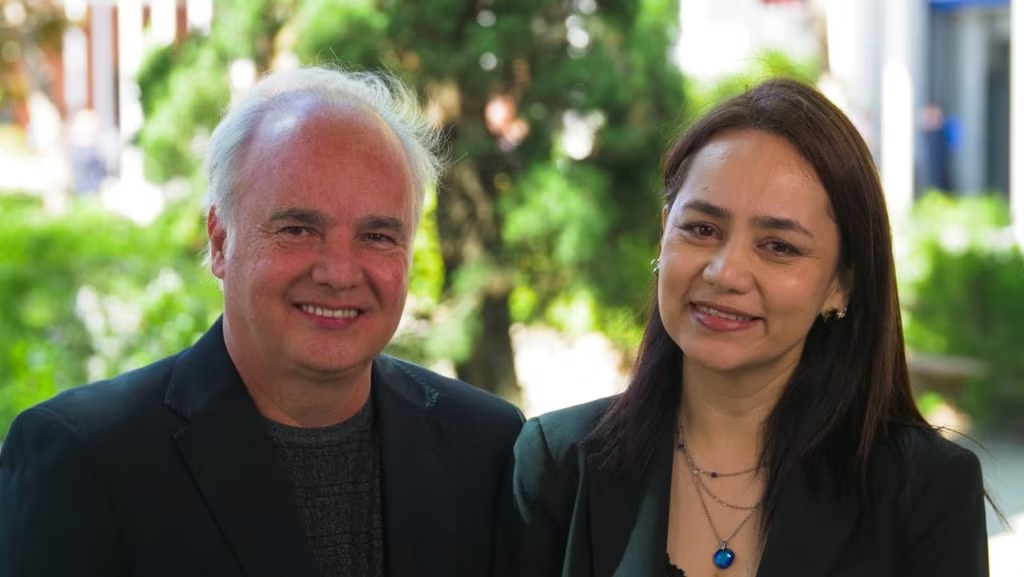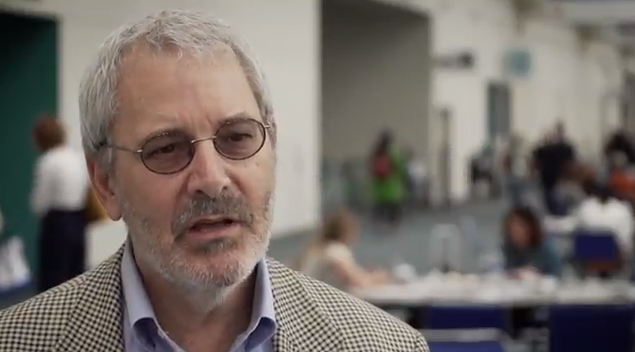Ventilation
An Introduction to Ventilation
The COVID-19 pandemic thrust the area of intensive respiratory care and ventilation into the spotlight. Mechanical ventilation remains a lifesaving treatment in the intensive care unit, but comes with the risk of severe complications. The use of noninvasive ventilation has progressed over the past two decades and offers an important alternative tool for some patients with respiratory failure.
Expert video highlights and insights from the conference hub and comprehensive peer-reviewed articles from our journal portfolio provide updates on the treatment landscape.
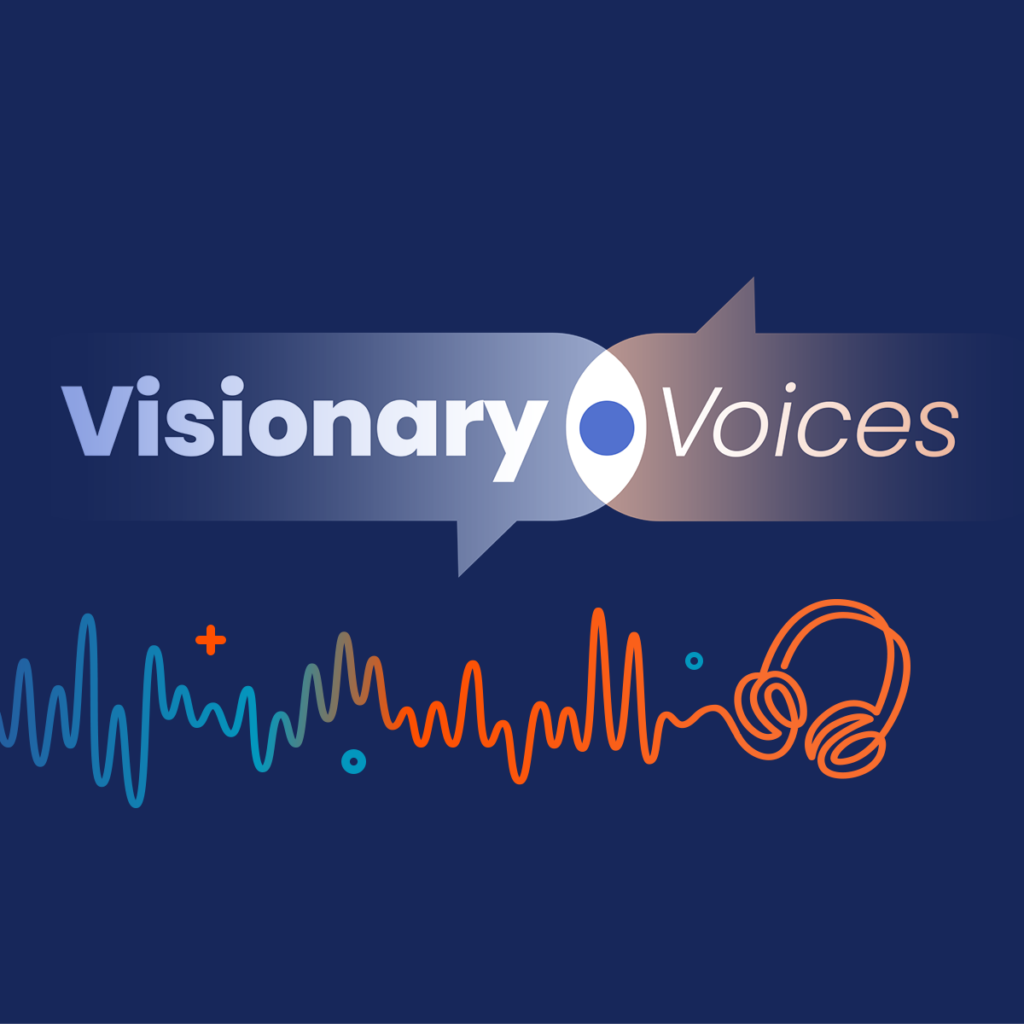
Physician burnout is at a critical point. In this episode, Nicky speaks with Dr Alfred Atanda about why so many physicians are burning out and what can be done to change the trend. From personal experience to system-wide solutions, Dr Atanda shares valuable insights on improving physician well-being and building a more effective healthcare culture.

In this episode, we explore the future of continuing medical education (CME) with the team behind touchIME. Hannah Fisher and Matthew Goodwin share insights into global and US trends, the importance of patient inclusivity and how educational outcomes are evolving to better measure the direct impact of learning on clinical practice and patient care.

The natural progression of neuromuscular disease (NMD) inevitably involves respiratory system failure. Increasing respiratory muscle weakness causes worsening hypoventilation, leading to hypercapnia and, eventually, hypoxemia. The American College of Chest Physicians (CHEST) recently published guidelines on the respiratory management of ...
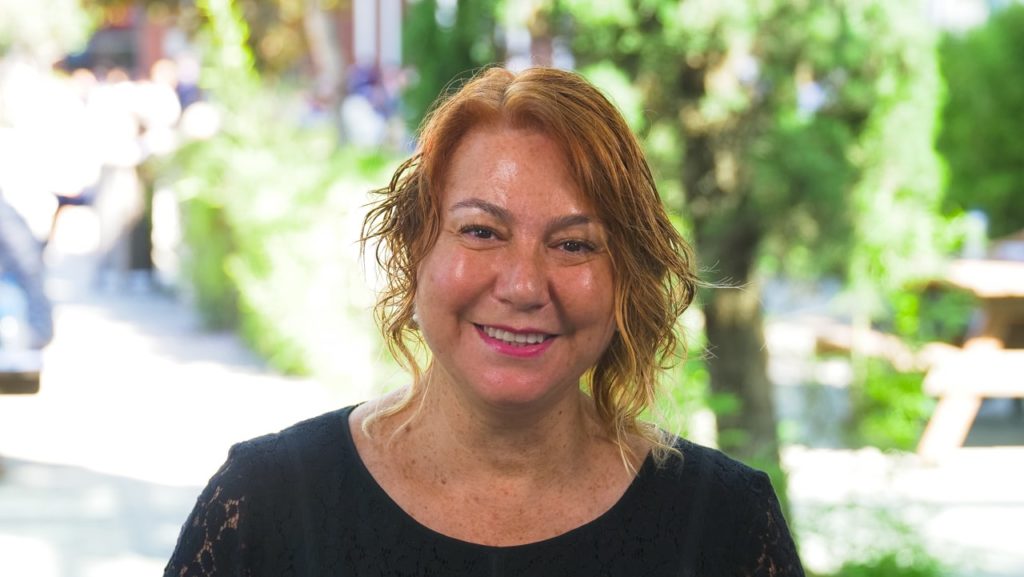
Refika Ersu, from Istanbul, joins us at ERS 2019 in Madrid to discuss noninvasive ventilation in children: main indications and contraindications for it, and the challenges in this area. Questions 1. What are the main indications for noninvasive ventilation (NIV) in children? (0:04) 2. ...

Refika Ersu, from Istanbul, joins us at ERS 2019 in Madrid to discuss noninvasive ventilation in children: the recent important technological developments in this area, and how children receiving NIV should be monitored. Questions 1. What have been the most important recent ...
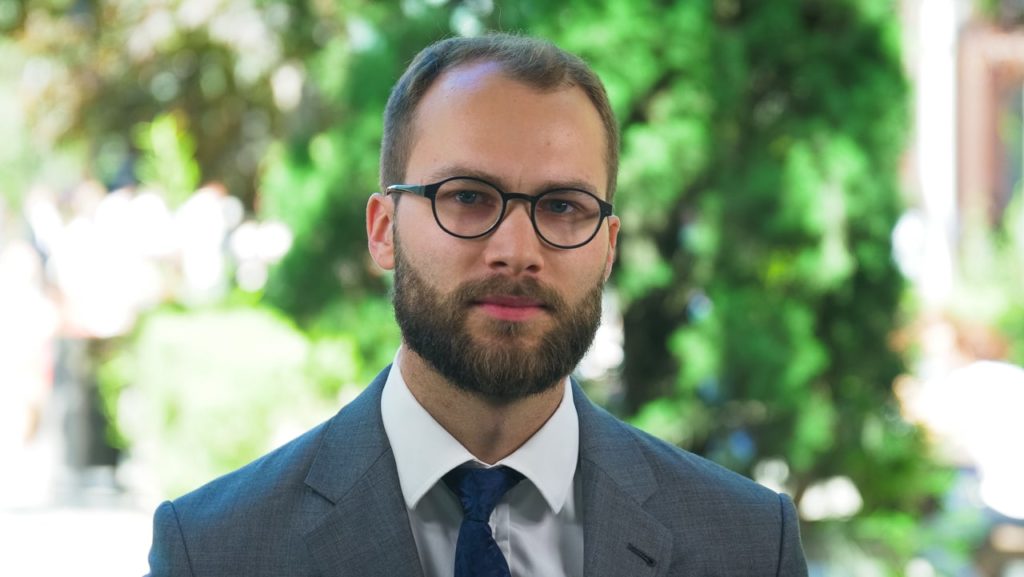
Benjamin Seeliger, Hannover, Germany, spoke to us at ERS 2019 in Madrid about the EOLIA trial and ECMO in veno-venous extracorporeal membrane oxygenation therapy. Questions 1. What is known about the effectiveness of extracorporeal membrane oxygenation (ECMO) in respiratory failure? (0:05) 2. What are ...
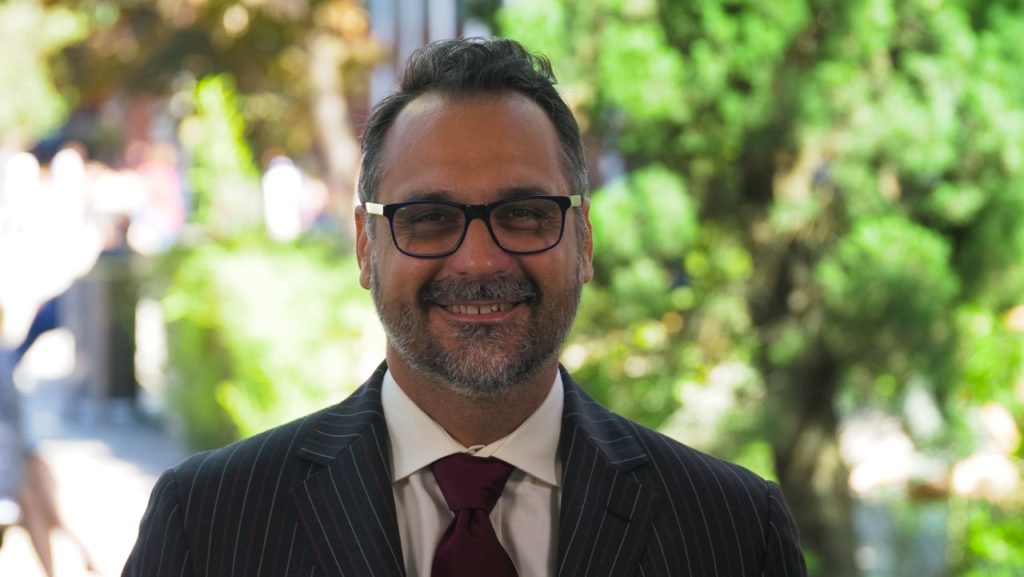
We met with Mirko Belliato, of Pavia, Italy, at ERS 2019 in Madrid to discuss his work on neuroprognostication in extracorporeal membrane oxygenation. Questions 1. Which patient populations commonly benefit from extracorporeal membrane oxygenation (ECMO)? (0:05) 2. Despite improvements in the use of ECMO, ...
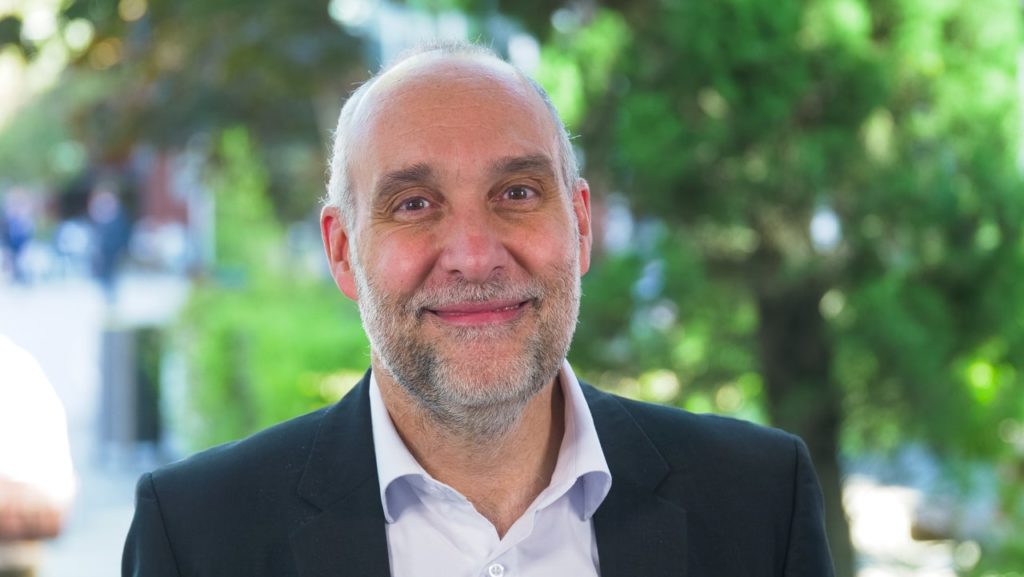
Marcus Schultz, from the Netherlands, spoke to us at ERS 2019 in Madrid, talking us through the findings of his study of the effects of a fully automated versus conventional ventilation on ventilator settings during during postoperative ventilation in cardiac surgery ...
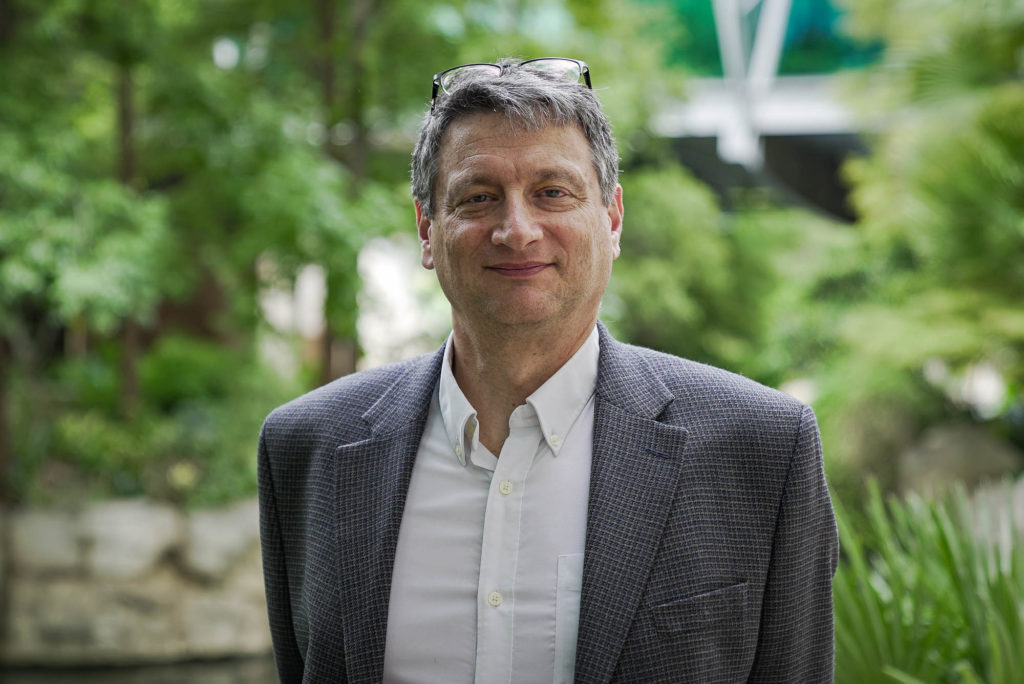
Mark L Metersky (University of Connecticut School of Medicine, Farmington, CT, US) discusses current recommendations and guidelines with respect to the use of empiric antibiotic therapy in patients with ventilator-associated pneumonia. Questions 1. What are the major challenges of empiric antibiotic ...

Editorial board member Andrea Aliverti (Politecnico di Milano [Polimi], Milan, Italy) discusses the potential that new technologies could have to improve patient compliance in respiratory medicine. Questions 1. How important an issue is patient compliance in respiratory medicine and how can ...
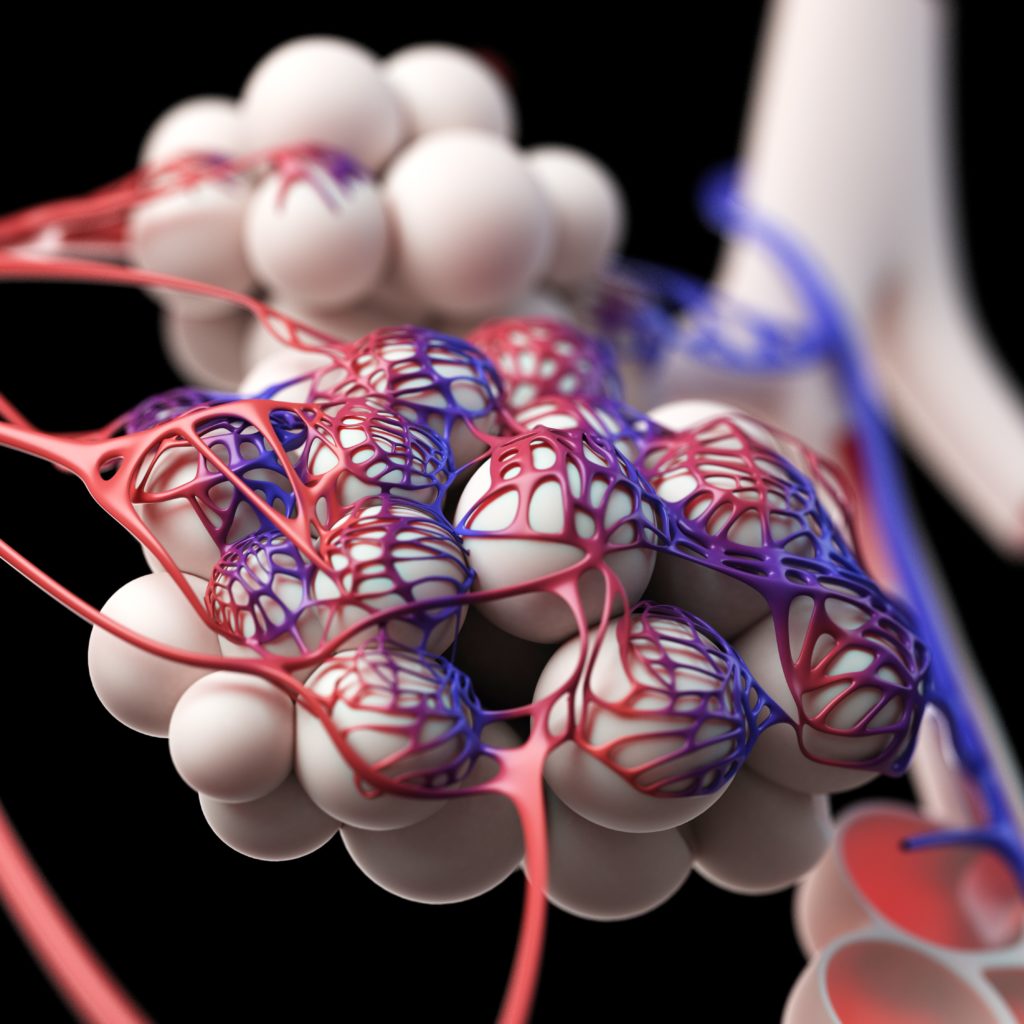
My experience in the care of ventilator-dependent children involves over 20 years’ experience in both the home and long-term care environments. I have managed over 50 ventilator-dependent children in a university-based practice and have weaned at least two children per year ...
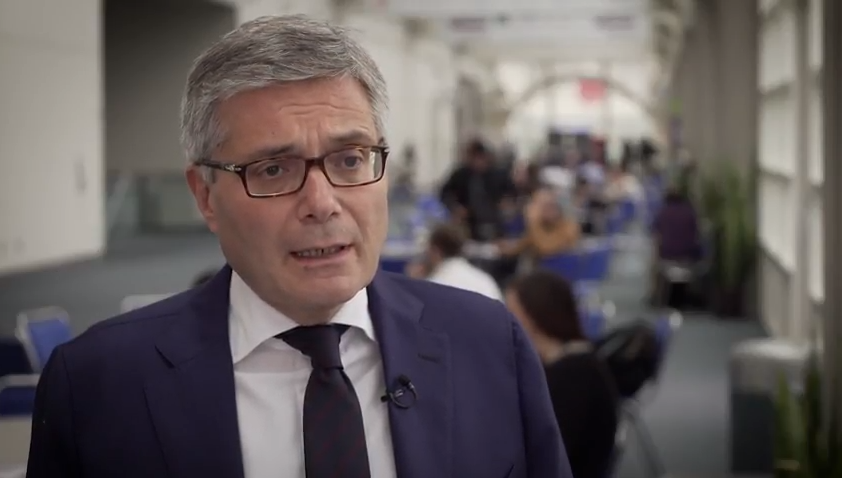
Mario Malerba (University of Piemonte Orientale, Novara/Vercelli, Italy) discusses the background and findings of his presentation entitled: Renal Function Changes After Sleep Apnea Treatment by Positive Airway Pressure: Data from the Vercelli Register (abstract available here). Questions 1. Could you ...

Dr. Bjorn Ibsen suggested to medical leaders in Copenhagen, during the 1952 polio epidemic, that positive pressure ventilation might have beneficial effects in patients with polio afflicted with respiratory failure primarily related to deficiencies in alveolar ventilation.1 The success of positive ...

Adaptive servo-ventilation (ASV) is a non-invasive ventilatory therapy that provides variable inspiratory positive airway pressure (IPAP) to support inspiration when breathing amplitude is reduced, ensures sufficient respiration when respiratory effort is absent and provides fixed or variable end-expiratory PAP (EPAP) ...

Obesity is a medical condition in which excess body fat accumulates to the extent that a patient’s health may be adversely affected. Although the prevalence of morbid obesity has remained stable over the past decade, it is still quite ...
Latest articles videos and clinical updates - straight to your inbox
Log into your Touch Account
Earn and track your CME credits on the go, save articles for later, and follow the latest congress coverage.
Register now for FREE Access
Register for free to hear about the latest expert-led education, peer-reviewed articles, conference highlights, and innovative CME activities.
Sign up with an Email
Or use a Social Account.
This Functionality is for
Members Only
Explore the latest in medical education and stay current in your field. Create a free account to track your learning.


